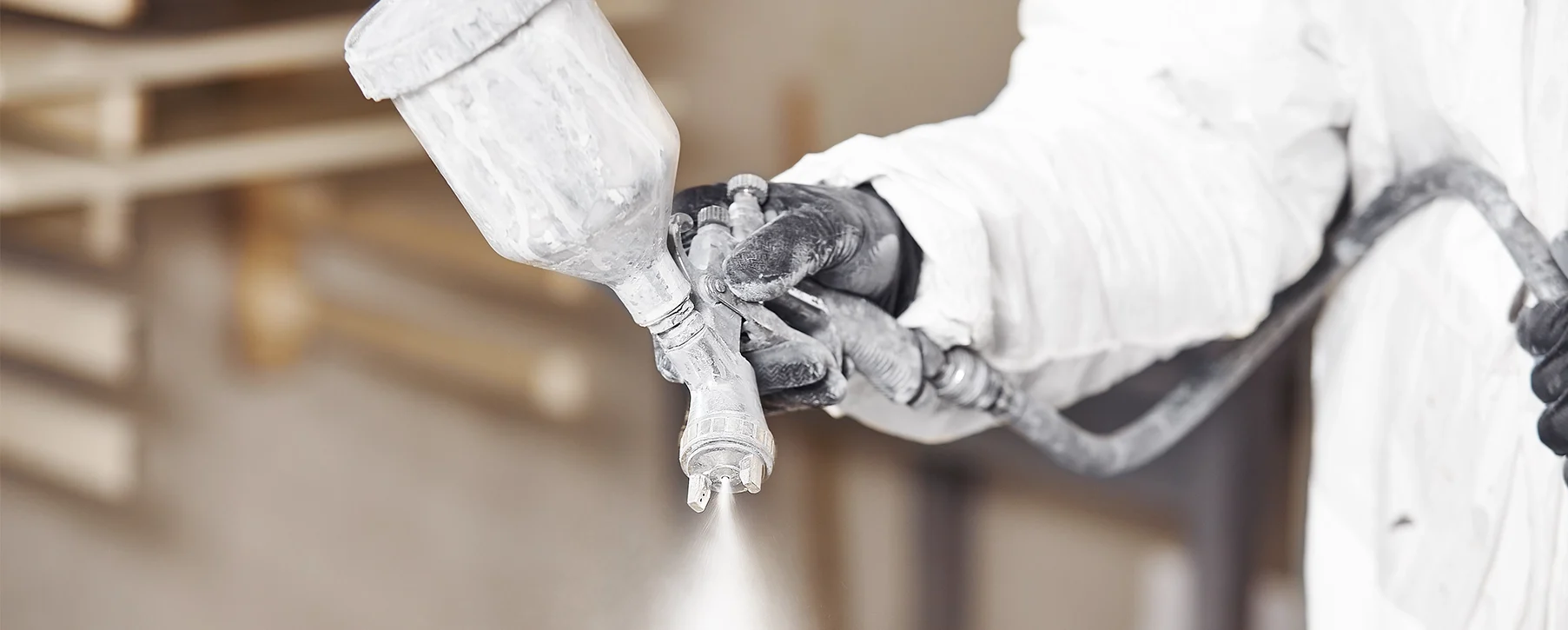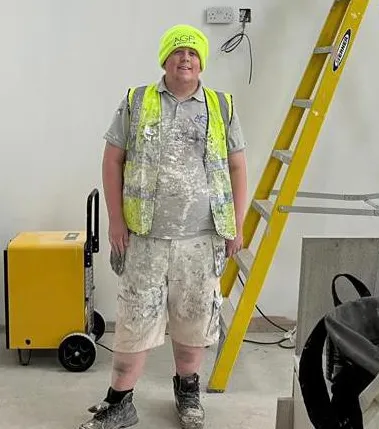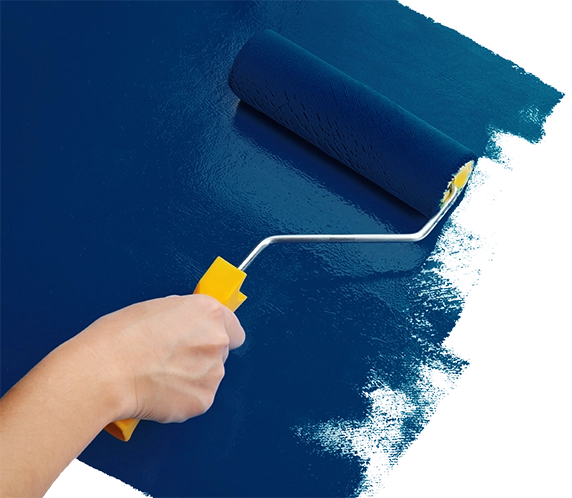What is dustless sanding?
Although the name may suggest, dustless sanding doesn’t imply that dust isn’t created during the sanding process, instead, the spread of dust is majorly reduced.
This process is carried out using a sanding machine that is connected to a powerful vacuum, so as the floor is being sanded, the vacuum picks up the dust that is created.
Not only does this reduce the amount of dust that becomes airborne and settles on the surrounding surfaces, but this process can also benefit your entire project in several other ways.
A healthier way of working
Airborne dust can negatively impact the air quality on-site and lead to potential health risks. Fine dust created when sanding wood can irritate the eyes, nose, and mouth and even trigger allergic reactions or worsen symptoms for asthma sufferers.
Using a dustless sanding machine for your project, whether is it a single-floor restoration or an entire building renovation, can help to promote a healthier working environment.
This all-in-one machine can help to remove the risk to the health of workers as the system captures dust before it can be spread further and contains the particles within an enclosed compartment.
Cleaner work environments
Construction sites, or buildings where renovation projects take place, generally become cluttered and dirty very quickly.
One of the most significant benefits of using a dustless sanding system is the ability to ensure your working environment remains clean throughout the project.
Due to the nature of this machine, dust isn’t consistently being distributed into the air and therefore can’t settle onto floors, walls, or any other available surfaces. As the vacuum picks up a large percentage of the dust fallout, this eliminates the ability for dust to spread and reduces the amount of clean-up necessary.















